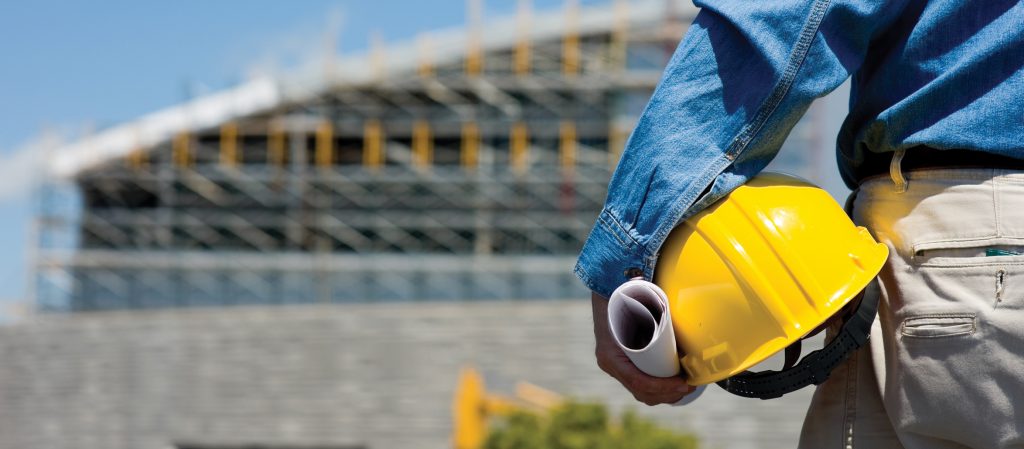In theory, a Buddy System should work.
All the lone worker has to do is remember to ‘check in’ with nominated colleagues at agreed times, before and after each appointment/task or journey.
In practise, it usually doesn’t work because life gets in the way.
Things can happen unexpectedly and it is very easy for a lone worker to overlook the agreed time to check in. Similarly, it is common for the lone workers ‘Buddy’ to fail to notice they are overdue until long afterwards.
This is why automated systems were developed and why ‘Lookout call’ greatly improves upon Buddy systems.
‘Lookout call’ phones the lone worker at precisely the right time and alerts colleagues [or Call Centre] if the worker has failed to confirm [via PIN entry] they are safe.
The system replays to responders the verbal message left by the lone worker describing their current whereabouts and keeps a record [audit trail] which clearly demonstrates that the employer has reacted effectively to the incident.
‘Lookout call’ may also be set to auto-check every 5/15/30/45/60/120 minutes throughout the shift when required.
The cost of a Buddy System is not zero – Personnel costs increase
A shortcoming of the buddy system is the escalating personnel expense, especially in situations where the task requires just one worker. Then the ‘buddy’ becomes a reluctant sitter for their colleague and is likely to become demotivated.
Two lone workers are not much better than one
Even if personnel costs are not an issue, the Buddy System involves two lone workers who are equally hard to communicate with. In certain situations, it can actually increase the risk for worker safety by placing more staff in harm’s way.
Increasingly, maintaining a Buddy System exposes your lone workers to unnecessary safety risks and your company to heavy financial penalties and legal action.
‘Lookout call’ is an affordable next step beyond the obsolete Buddy System.
